Tartar removal

specialists

equipment

treatment

Indications for tartar removal
- Bleeding gums when brushing teeth
- Visible yellow or brown plaque on the teeth that is not removed by brushing
- Reduction in gum height
- Gaps between teeth and gum
- Persistent bad odor that does not go away after brushing teeth or using breath fresheners
- The procedure is indicated before installing braces, dentures or implants
Causes of dental calculus formation
Insufficient or improper oral hygiene is the main cause of plaque formation. First, a soft plaque forms on the surface of the teeth, which gradually mineralizes, turning into tartar. One third of it consists of proteins and microbes, two thirds of calcium and phosphates.
In addition, tartar formation can be caused by regular consumption of carbonated drinks, alcohol and sweets, excessive salivation, genetic predisposition, lack of minerals and vitamins in the diet, use of antibiotics and other medications, and malocclusion.
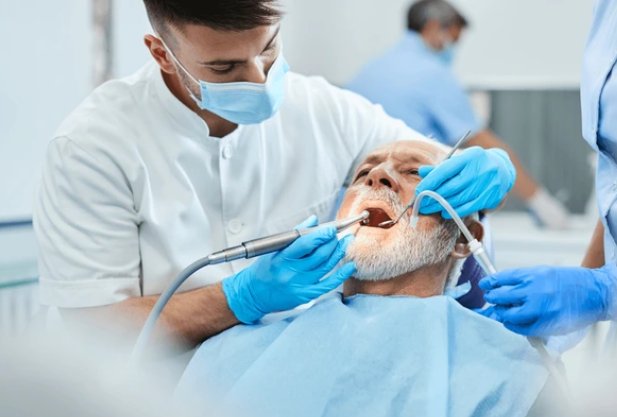
The following factors contribute to the appearance of tartar:
- Smoking A resinous film forms on the surface of smokers' teeth, which is difficult to remove with a regular brush
- Metabolic disorders If the composition of saliva has changed and it has ceased to effectively perform a cleansing function, this accelerates the destruction of enamel
- Hormonal changes Pregnancy increases the likelihood of stone formation
- Frequent consumption of tea, coffee, wine and other products with dyes
Directions of treatment
Treatment requires a comprehensive and professional approach. It includes not only its removal, but can also be combined with other dental procedures depending on the specific situation. How is tartar removed in dentistry?
Ultrasound
Air Flow
Laser
Mechanical cleaning
Involves the use of hand tools such as scalers, excavators, chisels, curettes and rasps. Mechanical cleaning of tartar is effective for complex deposits, but can be painful and requires care so as not to damage the enamel.
The choice of stone removal method depends on the diagnosis and individual characteristics of the patient. Standard cleaning procedure includes:
- Ultrasound
- Air-flow
- Brushing and remineralizing therapy
At the end of the procedure, the tooth surface is polished and coated with fluoride.
Regular visits to the dentist for professional cleanings every six months help maintain healthy oral structures and prevent the development of gum disease.
General information about the procedure
Advantages of dental treatment in the dentistry "K+31"
The advantages of ultrasonic extraction in the K+31 dentistry include:
- Highly qualified doctors. Our specialists constantly improve their skills by participating in international training programs and conferences
- Cooperation with the best laboratories. Working with leading German laboratories, we guarantee the high quality of our crowns and dentures
- Comprehensive treatment. In one visit to our clinic, you can eliminate two or three problems at once
- High-class equipment. We work with advanced technological equipment from well-known world manufacturers: Karl Storz, Olympus, Toshiba, etc.
- Friendliness and responsiveness of the staff. The clinic staff builds trusting relationships with patients, guarantees safety and efficiency in the provision of services
We offer effective solutions even in the most difficult situations. Sign up for a consultation by choosing a convenient time and date on the website. You can find out the price of tartar removal at K+31 in Moscow by phone and in the price list.
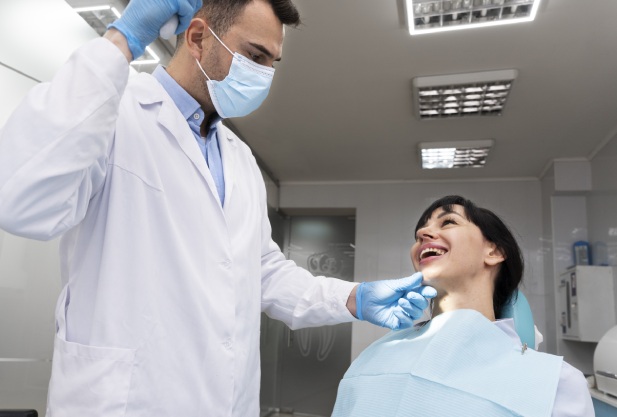
Answers to popular questions
Doctors of "K+31" answered the most frequently asked questions regarding tartar.
Is it possible to remove tartar on your own?
Why do you need to clean your teeth?
Can complications arise after cleaning tartar on your teeth?
How often should you clean your teeth?
How to care for teeth after professional cleaning?
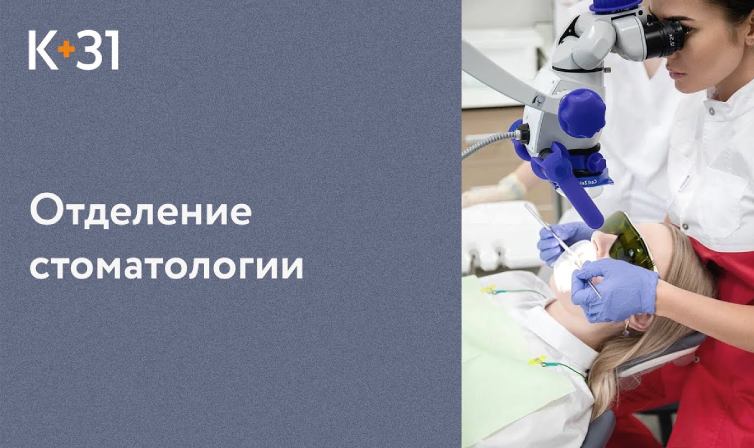
Modern methods of diagnostics and dental treatment at "K+31"
Our doctors

This award is given to clinics with the highest ratings according to user ratings, a large number of requests from this site, and in the absence of critical violations.

This award is given to clinics with the highest ratings according to user ratings. It means that the place is known, loved, and definitely worth visiting.

The ProDoctors portal collected 500 thousand reviews, compiled a rating of doctors based on them and awarded the best. We are proud that our doctors are among those awarded.
Make an appointment at a convenient time on the nearest date
Price

Callback request
Services
Orthopedic dentistry
Orthodontics Treatment of periodontitis Children's dentistry 3D scanning Children's dental treatment Сaries treatment Consultation of a dentist orthopedic prosthetist





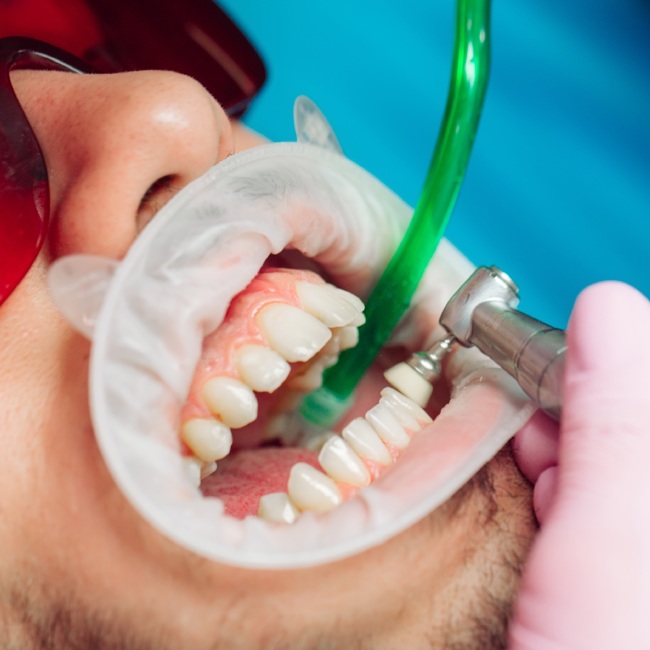
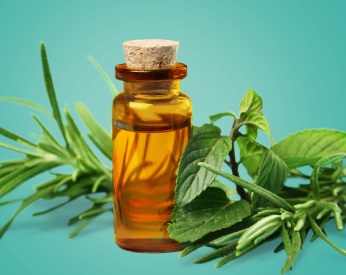


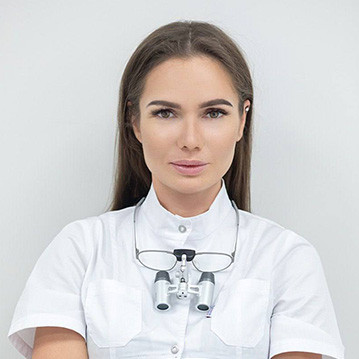

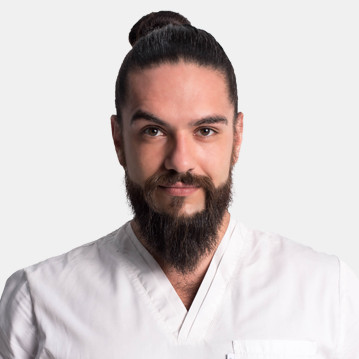
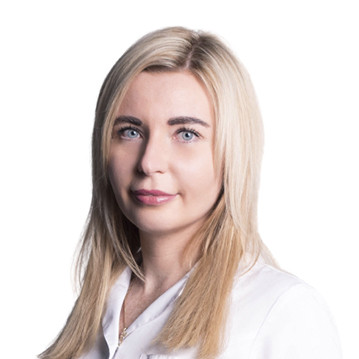
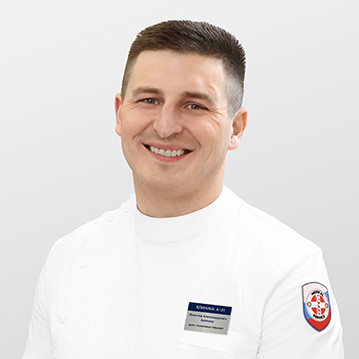
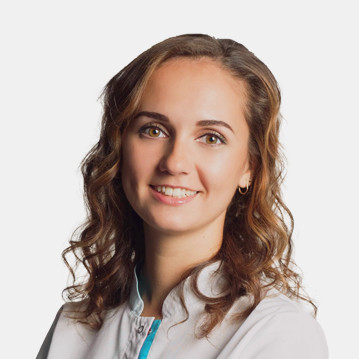

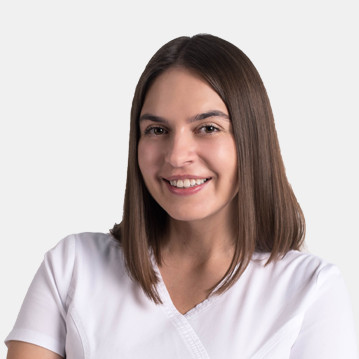
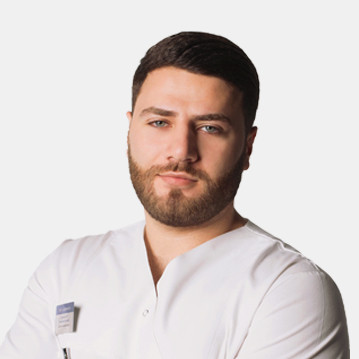
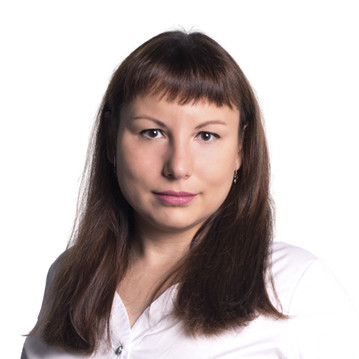
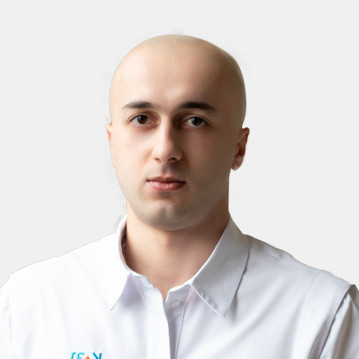
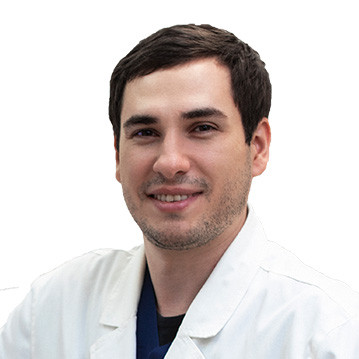

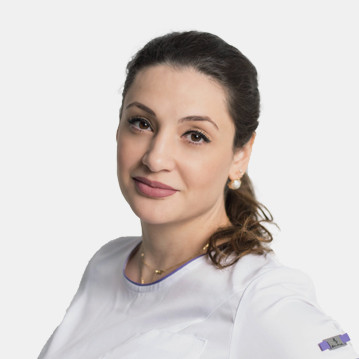
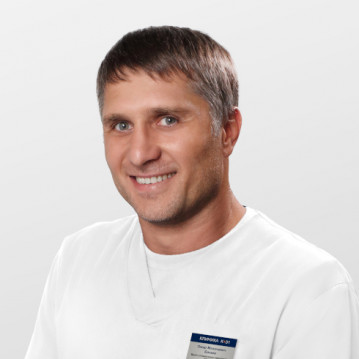
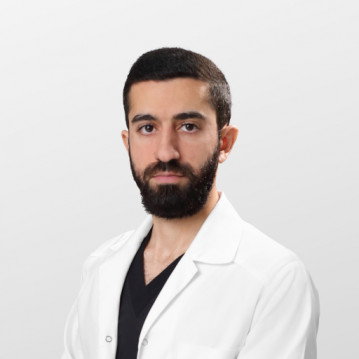
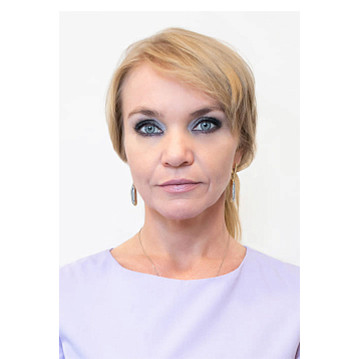

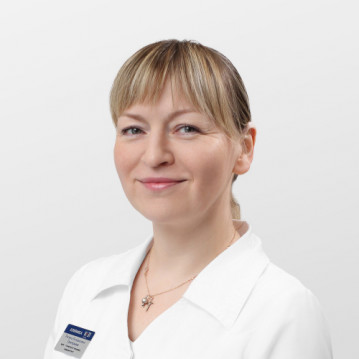
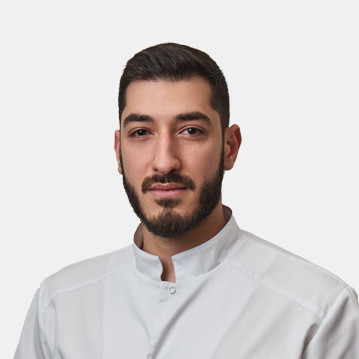


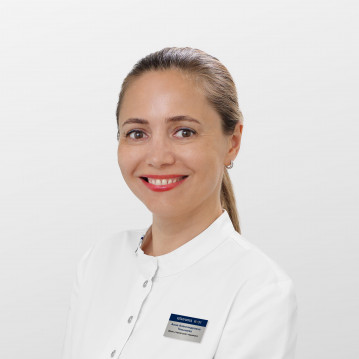

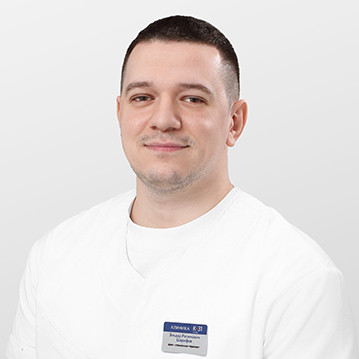
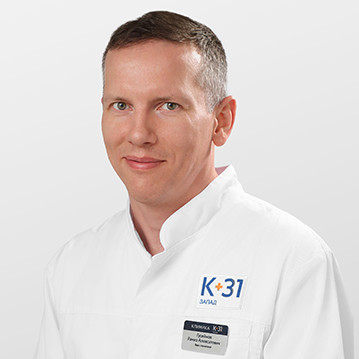
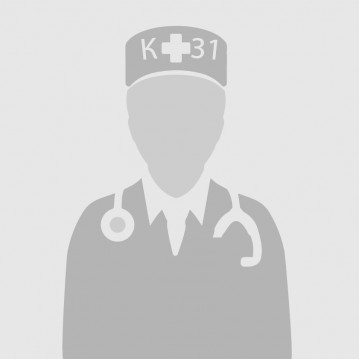

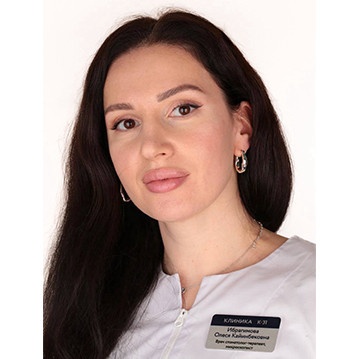
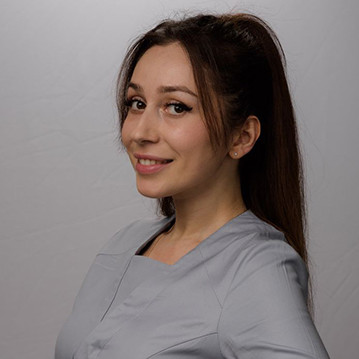
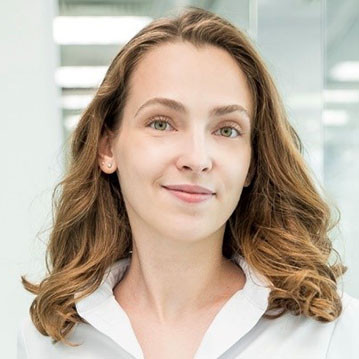
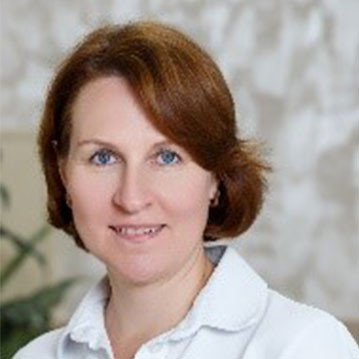
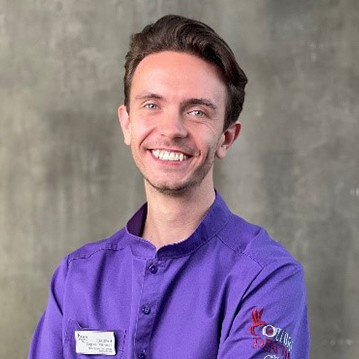
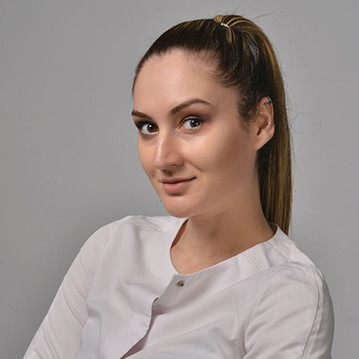

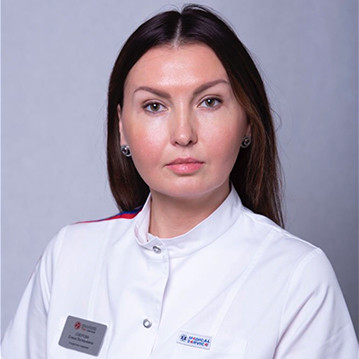

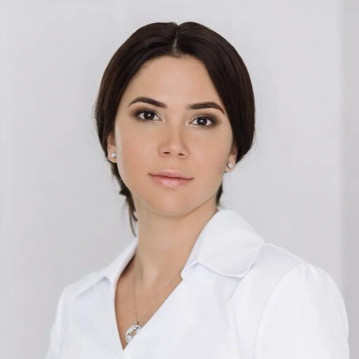







How to recognize stone on teeth
Tartar not only spoils the appearance of your smile, but also poses a danger to your oral health. These are compacted deposits, usually yellow-brown in color. They are especially noticeable in the cervical area, where dark rings can form, most noticeable on the inside of the dentition.
There are two types of stone: supragingival (supragingival) and subgingival (subgingival). The first is easily noticeable and can cause aesthetic discomfort due to its color and hardness. The second, denser and darker in color, is located at the root and can only be detected during a dental examination, requiring professional removal.
Tartar not only causes bad breath and bleeding gums, but can also lead to serious diseases such as caries, gingivitis, periodontitis, and even tooth loss. It promotes inflammation in the gums, affecting the health of the entire oral cavity and increasing the risk of infections spreading to other organs, including the respiratory and cardiovascular systems. Regular dental checkups for prevention and treatment are extremely important to prevent these complications.
It is detected visually, usually in the form of yellow, brown or white deposits at or between the roots. Sometimes it can be detected tactilely by feeling the rough surface on the back of the teeth. Symptoms such as bleeding gums and bad breath may also indicate its presence.